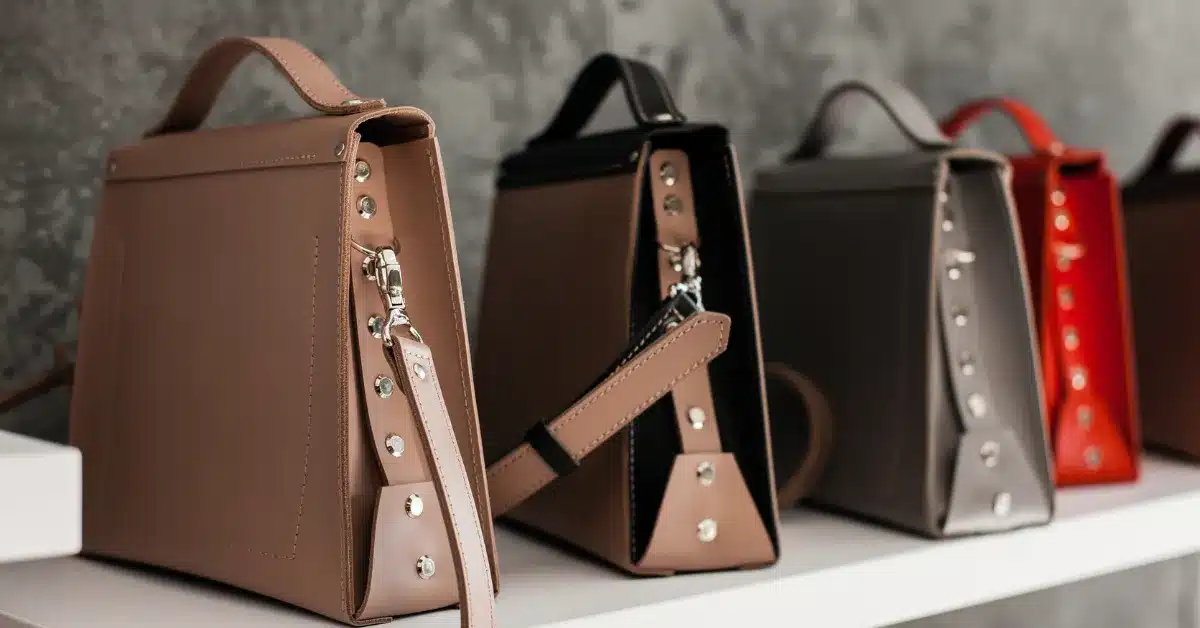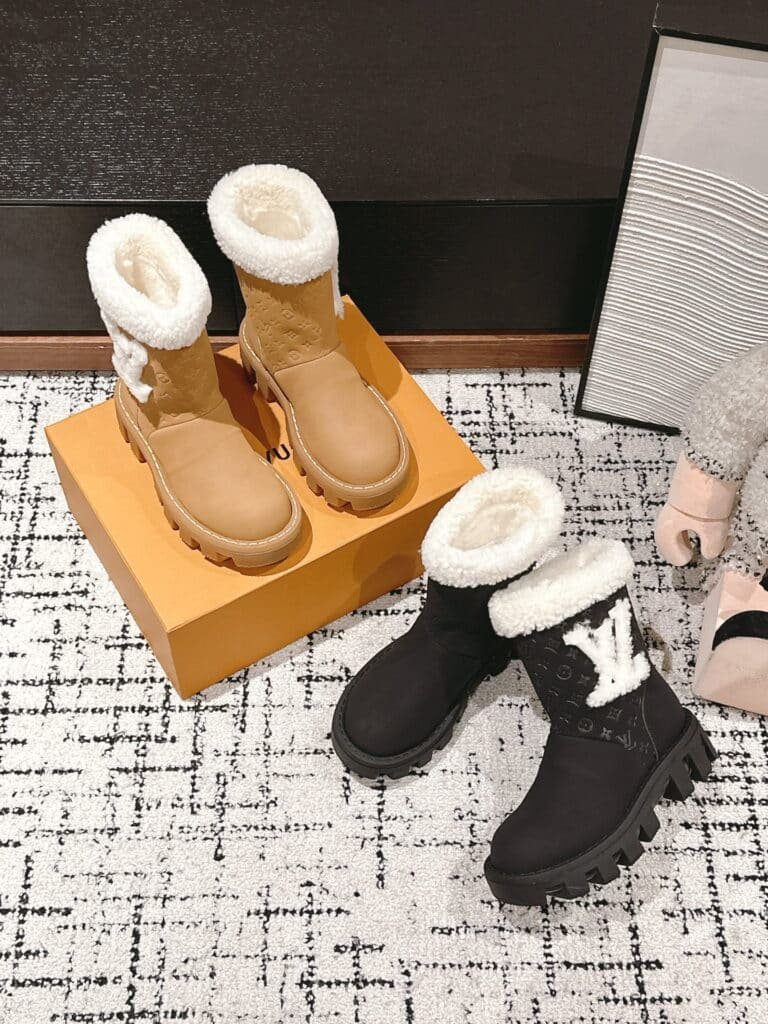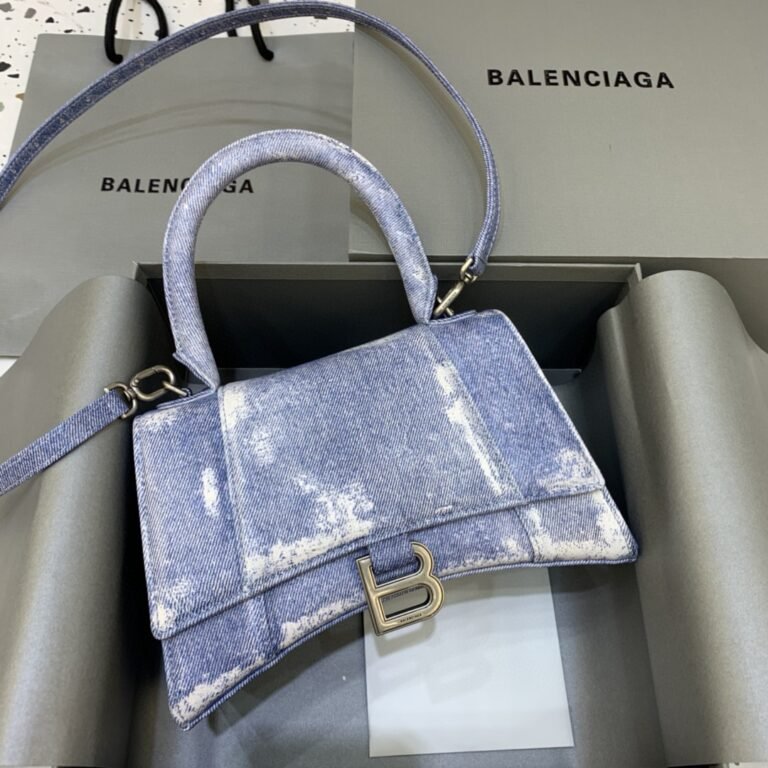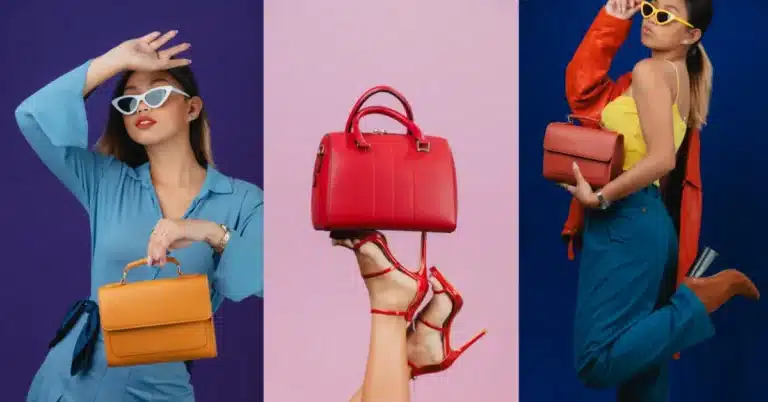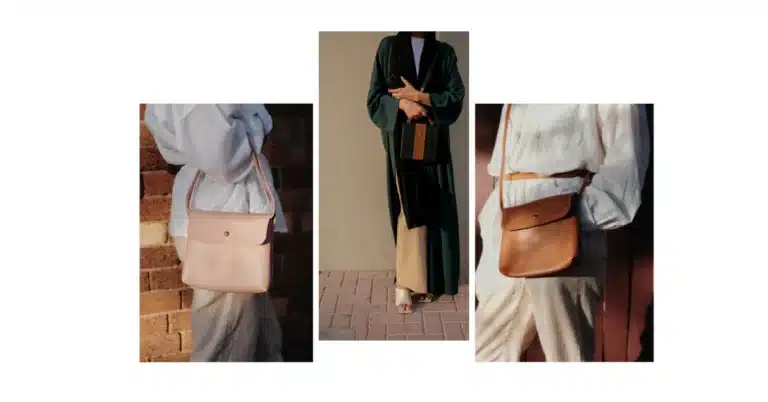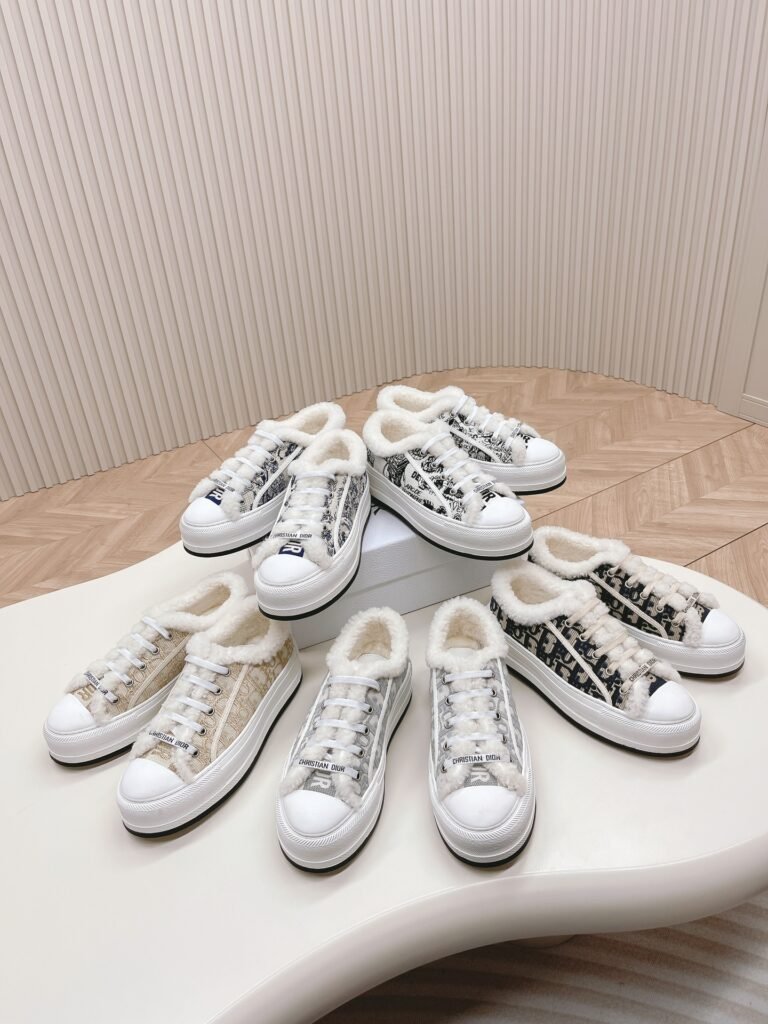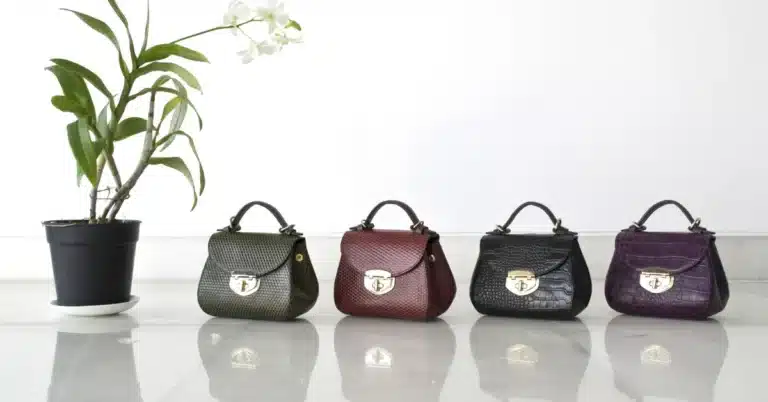Your cart is currently empty!
Budget-Friendly Diaper Bags for New Moms
Budget-Friendly Diaper Bags for New Moms. Becoming a mom can feel like you suddenly need to carry a tiny, adorable apartment on your shoulder. The good news: you don’t have to spend a fortune to get a diaper bag that’s organized, durable, and cute. Whether you’re running out for a quick pediatrician visit or packing for a full day at the park, there are great, budget-friendly options that hold up to real life—spills, snacks, and all.
This guide walks you through how to choose the right diaper bag on a budget, what features actually matter, what you can skip, and specific picks that deliver surprising value without the premium price tag. We’ll also share packing checklists, organization hacks, and care tips to make sure your bag works as hard as you do.
Note: Prices vary by retailer, season, and sales. The “approx price” ranges below are estimates at the time of writing.
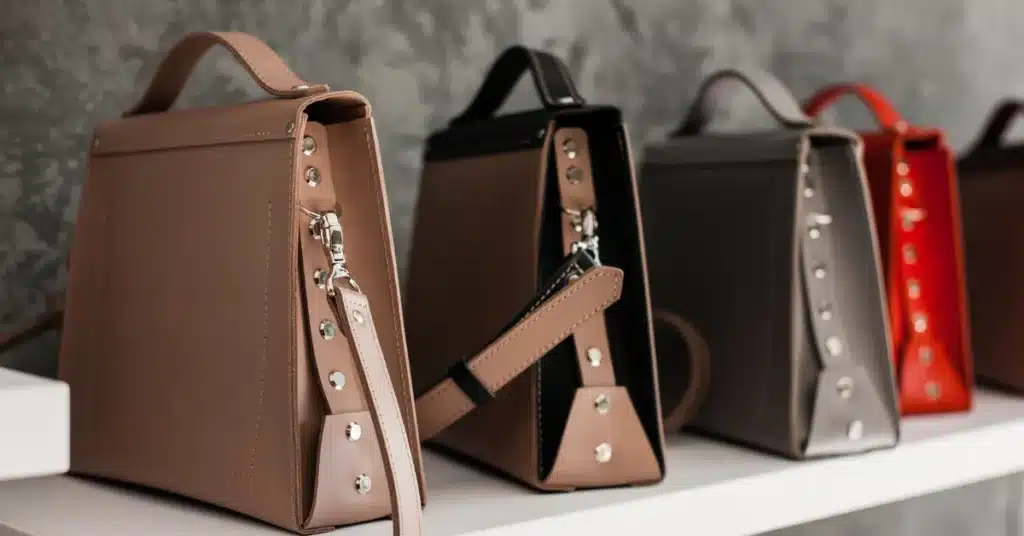
At a Glance: Top Budget Picks
- Ruvalino Diaper Bag Backpack — Best all-around value; approx $35–$50
- Dikaslon Diaper Bag Backpack — Best starter kit (comes with extras); approx $35–$50
- BabbleRoo Diaper Bag Backpack — Most pockets/organization; approx $45–$60
- HaloVa Multi-Function Diaper Backpack — Light and simple; approx $25–$40
- Mancro Diaper Bag Backpack — Slim profile, budget-friendly; approx $30–$45
- Dikaslon Large Diaper Tote — Best tote/“weekender” style; approx $35–$50
- Lekebaby Diaper Tote — Wide openin
- g, easy access; approx $35–$50
- KeaBabies Diaper Bag Backpack — Gentle on shoulders; approx $40–$55
- Eddie Bauer Cascade Diaper Backpack — Sporty and sturdy; often $50–$65
- Columbia Diaper Backpack (various models) — Rugged with insulated pockets; often $50–$70
- LOVEVOOK Diaper Bag Backpack — Stylish, budget PU leather options; approx $35–$55
- Dikaslon Crossbody/Small Diaper Bag — Minimalist outings; approx $25–$40
Why “Budget-Friendly” Doesn’t Mean “Bare Minimum”
“Budget” isn’t just about the sticker price—it’s about total value over time.
- Durability = savings: A $40 bag that lasts two years is “cheaper” than a $90 bag that splits a seam in six months.
- Comfort = usefulness: If it hurts your shoulders, you’ll stop using it (and end up buying another).
- Organization = sanity: The right layout saves time (and spare clothes) in those meltdown moments.
- Versatility = fewer bags: A bag that works for daycare drop-off and weekend travel does double-duty.
Features That Matter (and What You Can Skip)
Must-haves for most new moms:
- Comfortable straps: Padded backpack straps or a crossbody strap with a shoulder pad.
- Easy-clean interior: Wipeable lining; a light color to spot items easily.
- Changing pad: Saves you from unknown surfaces; foldable is fine.
- Insulated pocket(s): At least one for bottles or snacks.
- Stroller straps or a luggage sleeve: Hands-free is everything.
- Wide opening + good zippers: One-handed access is gold when you’re holding a baby.
- Exterior wipes pocket or quick-access pocket: For pacifiers, phones, keys, and hand sanitizer.
Nice-to-haves (useful, not essential):
- Pacifier case; removable stroller straps; dedicated “parent” pocket for wallet/phone; key leash; luggage strap; waterproof cube or wet bag.
Often not worth paying extra:
- Built-in USB ports or power banks: More gimmick than help; you can tuck a small power bank in any pocket.
- Hard plastic wipe dispensers: Tend to dry wipes out; a soft travel case is better.
- Too many tiny pockets: Watch out for “pocket clutter”; look for a few purposeful compartments.
Backpack vs. Tote vs. Messenger vs. Mini: Which Style Fits Your Life?
Budget-Friendly Diaper Bags for New Moms.
- Backpack (most popular): Best for hands-free errands, babywearing, and long outings. Good weight distribution and safer for your back. Great for public transit or chasing a toddler.
- Tote/Shoulder: Quick to access; stylish; easier if you’re frequently reaching in and out. Works well in the car or clipped to a stroller. Consider a crossbody strap for flexibility.
- Messenger/Crossbody: Low-profile and easy to swing around to the front. Great for quick trips or minimalist packers.
- Mini/Fanny Pack + Changing Clutch: Perfect for quick coffee runs, school drop-offs, or neighborhood walks when you just need wipes, a diaper, and a phone.
Materials and Durability: What to Look For
- Fabric: Polyester or nylon with a water-resistant coating is budget-friendly and wipeable. PU “vegan” leather can look polished; just check reviews for peeling.
- Hardware: Smooth, metal zippers beat plastic. Double zips on the main compartment are a plus.
- Structure: A bag that stands on its own makes life easier during diaper changes.
- Lining: Light-colored lining helps you find small items quickly (no black hole effect).
- Stitching: Reinforced handles and stress points reduce rips over time.
- Weight: Lighter is better; you’ll fill it with baby gear anyway.
Comfort & Ergonomics
- Padded, wide shoulder straps: Reduce digging and shoulder fatigue.
- Back padding with air mesh: Keeps your back cooler.
- Sternum strap (optional): Helpful for heavy loads or long walks.
- Crossbody option: On totes, the ability to convert to crossbody is helpful for babywearing days.
- Adjustability: If multiple caregivers use the bag, adjustable straps matter.
Stroller Safety Tip
Avoid hanging very heavy bags from stroller handles (risk of tipping). If you do hang, use short stroller straps and keep heavier items low or in the stroller basket.
12 Budget-Friendly Diaper Bags Worth a Look
Ruvalino Diaper Bag Backpack
- Why it’s a win: Continually recommended for terrific price-to-feature ratio—comfortable straps, generous space, and a clean design that doesn’t scream “diaper bag.”
- Standout features: 2 insulated bottle pockets; changing pad; stroller straps; wide opening; lots of interior pockets; luggage sleeve on many versions.
- Best for: Everyday use; baby’s first year and beyond; caregivers sharing a bag.
- Consider: Not the lightest when fully packed (like most big backpacks), and some colorways sell out quickly.
- Approx price: $35–$50.
Dikaslon Diaper Bag Backpack
- Why it’s a win: Excellent starter kit; often includes stroller straps, a changing pad, and a pacifier case at a very wallet-friendly price.
- Standout features: Spacious main compartment; quick-access front pocket; wipe pocket; waterproof “wet” compartment on many versions.
- Best for: New parents who want everything included in one purchase.
- Consider: Material is functional more than luxe; go for darker colors if you’re hard on bags.
- Approx price: $35–$50.
BabbleRoo Diaper Bag Backpack
- Why it’s a win: Organization lovers, rejoice—BabbleRoo packs in smart pockets without feeling chaotic, plus comfortable padding and solid hardware.
- Standout features: Multiple bottle pockets; included changing pad, stroller straps, and pacifier holder; reinforced handles.
- Best for: Families with two young kids or those who carry extras (blankets, pump parts).
- Consider: Slightly heavier than minimalist styles.
- Approx price: $45–$60.
HaloVa Multi-Function Diaper Backpack
- Why it’s a win: Lightweight and simple with a wide “doctor bag” frame that opens super wide—easy to see everything at once.
- Standout features: Budget-friendly; wipeable; structured top; several color options.
- Best for: Minimalist packers; quick-access lovers.
- Consider: Fewer premium touches; not as many extras included.
- Approx price: $25–$40.
Mancro Diaper Bag Backpack
- Why it’s a win: Sleek, slim profile that still carries the basics—great for commutes and smaller frames.
- Standout features: Lightweight; functional pockets; included changing pad on many listings.
- Best for: City parents or anyone who wants a diaper bag that looks like a regular backpack.
- Consider: Narrower opening than some; look for the version with stroller straps if you need them.
- Approx price: $30–$45.
Dikaslon Large Diaper Tote
- Why it’s a win: A roomy tote that packs like a “weekender” but still organizes well—nice for car travel, daycare, or visits to grandparents.
- Standout features: Multiple bottle pockets; large opening; zip-top closure; crossbody strap; often includes a pacifier case and changing pad.
- Best for: Families who like to keep the diaper bag in the car, or who prefer a tote over a backpack.
- Consider: As a shoulder bag, it can feel heavy if overpacked; use the crossbody strap when needed.
- Approx price: $35–$50.
Lekebaby Diaper Tote
- Why it’s a win: A classic tote silhouette with a wide mouth—easy to pack and see diapers, wipes, and spare outfits at a glance.
- Standout features: Lots of pockets; stroller straps; changing pad; bottle pockets; structured bottom.
- Best for: Parents who love a purse-style look with practical organization.
- Consider: The tote style isn’t as hands-free as a backpack when babywearing.
- Approx price: $35–$50.
KeaBabies Diaper Bag Backpack
- Why it’s a win: Comfort-focused with padded straps and back panel; practical layout that doesn’t overcomplicate organization.
- Standout features: Changing pad; stroller straps; insulated pockets; durable stitching; clean design.
- Best for: Daily use, especially for caregivers who value comfort on longer walks.
- Consider: Capacity is good for one child; twins or long trips may need more space.
- Approx price: $40–$55.
Eddie Bauer Cascade Diaper Backpack
- Why it’s a win: Sporty, outdoorsy look with rugged materials that handle playground life and travel days.
- Standout features: Insulated bottle pocket; changing pad; sturdy zippers; unisex style that many partners like.
- Best for: Active families who want a practical, neutral look.
- Consider: Often just a bit higher in price unless on sale; watch for promotions.
- Approx price: $50–$65.
Columbia Diaper Backpack (various models)
- Why it’s a win: Columbia’s diaper packs tend to be durable and functional, with insulated pockets and wipeable fabrics.
- Standout features: Insulated bottle area; comfort-forward straps; easy-clean lining.
- Best for: Parents who prefer an outdoors brand aesthetic and solid build quality.
- Consider: Can creep over the strict “budget” line at full price; look for sales.
- Approx price: $50–$70.
LOVEVOOK Diaper Bag Backpack
- Why it’s a win: If you want an elevated, “polished” look without a premium price, LOVEVOOK offers fashion-forward designs, including PU leather options.
- Standout features: Structured silhouette; insulated pockets; changing pad; stroller straps.
- Best for: Style-conscious parents or office-to-daycare days.
- Consider: PU leather can be heavier and may show wear differently than fabric.
- Approx price: $35–$55.
Dikaslon Small Crossbody/Convertible Diaper Bag
- Why it’s a win: Minimalist carry for quick errands—fits diapers, wipes, a bottle, and your essentials without the bulk.
- Standout features: Compact size; stroller straps; changing pad on many versions; multiple carry options.
- Best for: Short outings, older babies, or parents who prefer traveling light.
- Consider: Not ideal for long days or multiple children.
- Approx price: $25–$40.
What Size Do You Actually Need?
- Newborn stage (0–6 months): Go slightly larger. You’ll carry more diapers, multiple changes of clothes, swaddles, and feeding gear.
- 6–12 months: You can often downsize a bit. Keep snacks, toys, a muslin, and still carry a spare outfit or two (because blowouts).
- Toddler stage: Organize around snacks, sippy cups, a light sweater, and potty training supplies.
- Multiples or multiple kids: Consider a high-capacity backpack with good structure (e.g., BabbleRoo, Ruvalino) or a large tote as a trunk “base camp” plus a small crossbody for quick trips.
Smart Organization: A Place for Everything
- Color-code pouches: One for diapering (diapers, wipes, cream), one for feeding (bottles/snacks), one for spare clothes. Cheap nylon or mesh pouches do the trick.
- Use a wet/dry bag: Tuck in soiled clothes or cloth diapers; makes cleanup less stressful.
- Pack vertical, not horizontal: Stand bottles and pouches upright so nothing gets buried.
- Light lining = less searching: Bags with lighter interiors make it easier to spot the pacifier cap that mysteriously vanishes.
- Put “first touch” items on the outside: Wipes, sanitizer, your phone, keys, and a pacifier in accessible pockets.
Feeding Considerations
- Bottle feeding: Look for two insulated pockets minimum; bring a separate small cooler if you need more.
- Breastfeeding: You may carry fewer bottle items but add nursing covers, breast pads, or a compact pump.
- Solid foods: Snack cups, bib, silicone placemat, and a small utensil set can live in a front pocket.
Safety and Practical Add-ons
- Hand sanitizer and a mini first-aid pouch.
- A small flashlight or keychain light for night changes.
- A foldable, wipe-clean changing pad (most bags include one).
- Carabiner clip for hanging a toy or pacifier case inside the bag.
- Travel-size stain remover pen for outfit saves.
What You Can Skip to Save Money
- USB charging ports: These add weight and usually aren’t very helpful.
- Super-specific pockets you won’t use: If you don’t bottle feed often, an extra-insulated section may be overkill.
- Branded accessory sets: You can often assemble better, cheaper pouches and organizers yourself.
- Very heavy PU leather bags: Gorgeous, but weight adds up quickly—especially when you’re also carrying a baby.
Secondhand, Sales, and Sustainability
- Shop secondhand: Many parents sell gently used diaper bags. Check for clean interiors, functioning zippers, and sturdy seams.
- Watch for sales: Target, big-box stores, and online marketplaces often discount popular models—especially around holidays or season changes.
- Neutral colors = longer life: A simple gray/black/navy bag can transition to a travel backpack after the diaper years.
- Washability matters: Wipeable interior and spot-clean-friendly exterior extend the bag’s life.
- Keep a trunk backup: If you snag a budget tote, pre-stock it as a “car kit” with diapers, wipes, a blanket, and spare clothes. Your smaller everyday bag then stays lighter (and lasts longer).
Packing Lists You Can Copy
Newborn Full-Day Outing
- 6–8 diapers
- Travel wipes + backup soft pack
- Diaper cream
- Portable changing pad
- 2–3 burp cloths
- 2 spare onesies + pants
- Swaddle or light blanket
- 2 bottles + formula dispenser or expressed milk; mini cooler if needed
- Nursing cover (if using)
- Pacifier + backup pacifier
- Hand sanitizer and diaper disposal bags
- Small wet/dry bag (for soiled clothes)
- Parent essentials: wallet, phone, keys, lip balm, water bottle, snacks
Quick Errand (Under 2 Hours)
- 2–3 diapers
- Travel wipes
- Changing pad
- 1 spare outfit
- Pacifier
- Small bottle or snack
- Parent essentials
Toddler Day Out
- 3–4 diapers or training pants
- Wipes + diaper cream
- 1–2 spare outfits
- Snack cup + water bottle
- Bib + travel utensil
- Small toy/book
- Wet/dry bag
- Sunscreen and hat (seasonal)
Twins or Two Under Two
- Double the diapers; shared wipes
- 2–3 spare outfits per child
- 4 bottles or sippy cups (depending on age)
- Two pacifiers (plus backups)
- Larger wet/dry bag
- Consider a bigger backpack plus a stocked car tote to reduce shoulder strain
Care and Cleaning Tips
- Check the label: Many bags are spot-clean only. Use a gentle soap solution and a soft cloth.
- Wipe spills immediately: Prevent stains and odors by tackling them early.
- Deodorize: Place a small open box of baking soda inside for a few hours (then remove) to absorb smells.
- Avoid overloading: Heavy loads stress seams and zippers.
- Dry completely: After cleaning, leave the bag open to air dry fully to prevent mildew.
Quick Buyer’s Checklist
- Comfort: Are the straps padded and adjustable? Is back padding adequate?
- Access: Does the main compartment open wide? Are there double zippers?
- Organization: Enough pockets—but not so many you forget where things go.
- Insulation: At least one insulated pocket if you need bottles or snacks.
- Extras: Changing pad, stroller straps, pacifier case (nice to have).
- Materials: Wipeable exterior; light-colored lining; sturdy zippers.
- Size: Big enough for your stage (newborn vs toddler vs twins).
- Style: Will you enjoy carrying it daily? Will partners feel comfortable using it?
- Price vs value: Will it last a year or two? Could it double as a travel backpack later?
How to Test a Diaper Bag (If You Can See It In Person)
- Fill it: Grab a couple of water bottles, a rolled-up onesie, and a wipes pack—see how it packs.
- Try it on: Walk around for 5 minutes. Do the straps dig in? Does it slide off your shoulder?
- Stroller check: Clip it briefly (safely) or imagine where it will sit; if you use public transit, try putting it on and taking it off quickly.
- One-handed test: Can you open the main zip with one hand while holding your phone or baby?
Troubleshooting Common Pain Points
- “I can’t find anything.” Use light interior linings, clear pouches, or color-coded packing cubes.
- “It’s too heavy.” Downsize your everyday kit; move backup items to a trunk tote; choose lighter fabrics.
- “Bottles leak.” Keep a small roll of doggy bags for leaks and tie up any spill-prone items; store bottles upright.
- “It gets grimy.” Consider darker colors and wipe down weekly with a damp cloth and mild soap.
Mini Reviews Recap: Matching Bags to Lifestyles
- Everyday all-rounder: Ruvalino, Dikaslon Backpack, KeaBabies
- Organization ninja: BabbleRoo
- Minimalist, light carry: HaloVa, Dikaslon Small Crossbody
- Stylish on a budget: LOVEVOOK (PU leather), Eddie Bauer Cascade (sporty)
- Car-first families/weekenders: Dikaslon Tote, Lekebaby Tote
- Outdoors-leaning build: Columbia models
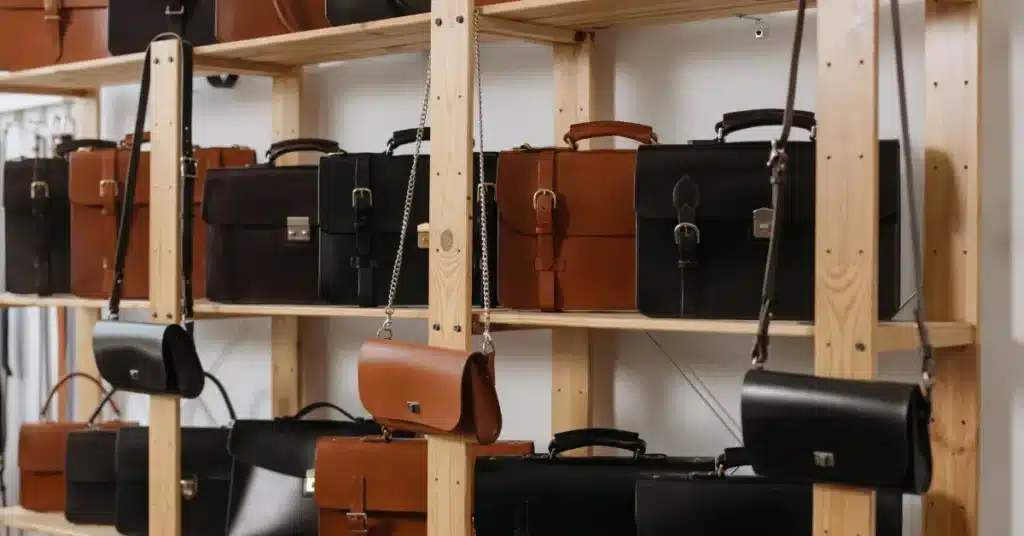
Budget-Friendly Alternatives: Convert What You Have
- Add an insert organizer to a regular backpack you already own (look for a “purse organizer” or small packing cubes).
- Carry a compact changing clutch inside your everyday tote for short trips.
- Keep a foldable, wipeable changing pad in your car’s glove box or seat-back pocket, just in case.
A Few Final Money-Saving Tips
- Two-bag strategy: Keep a larger tote pre-packed in the car and carry a small crossbody for daily errands—less shoulder strain and fewer “I forgot the wipes” moments.
- Buy neutral, add personality: Choose a neutral main bag and use fun pouches or keychains to personalize (and switch styles easily).
- Replace small parts, not the whole bag: If a zipper pull breaks, a quick $5 replacement can extend your bag’s life.
Wrapping It Up: You’ve Got This 🎒
A great diaper bag doesn’t need to blow your budget. Focus on comfort, smart organization, and wipeable materials. Decide whether you’re a backpack or tote person (or both—no judgment!), then pick the size that matches your stage. Any one of the budget-friendly bags above—Ruvalino, Dikaslon, BabbleRoo, HaloVa, Mancro, Lekebaby, KeaBabies, Eddie Bauer, Columbia, LOVEVOOK—can make daily life smoother without sacrificing style.
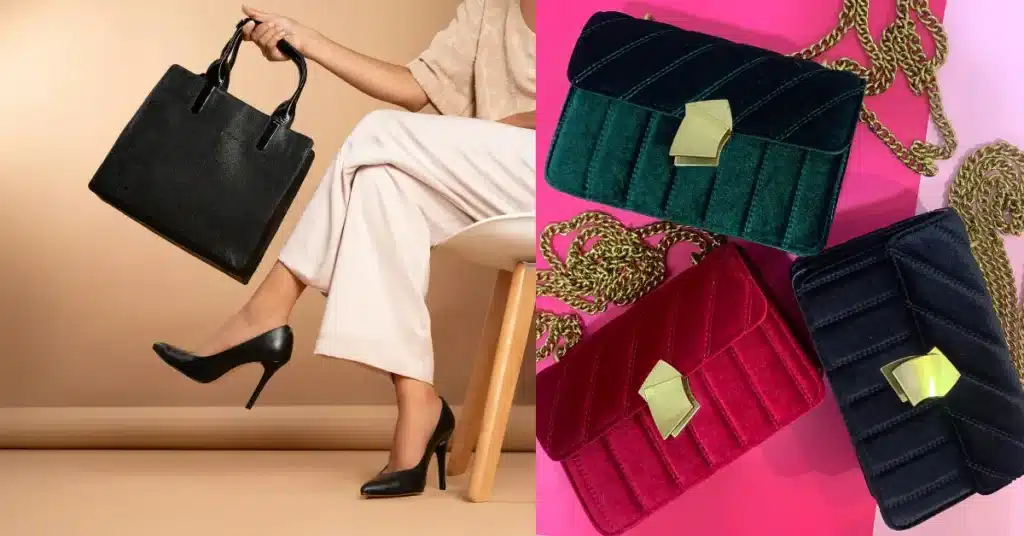
If you want, tell me:
- What’s your typical outing (quick errands, city walks, day trips)?
- Bottle feeding, breastfeeding, solids—or a mix?
- Do you prefer backpack or tote style?

